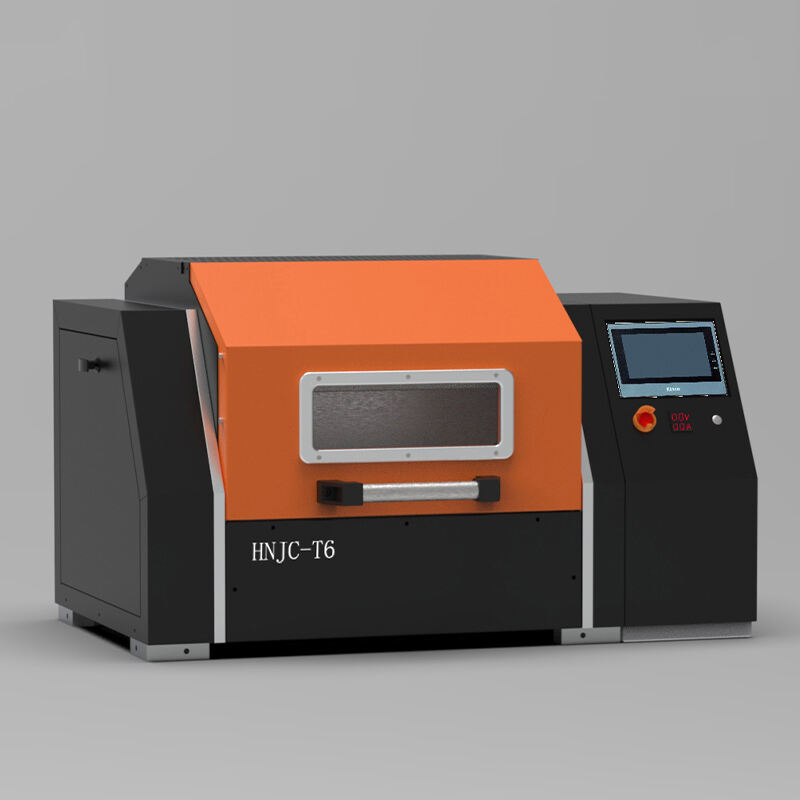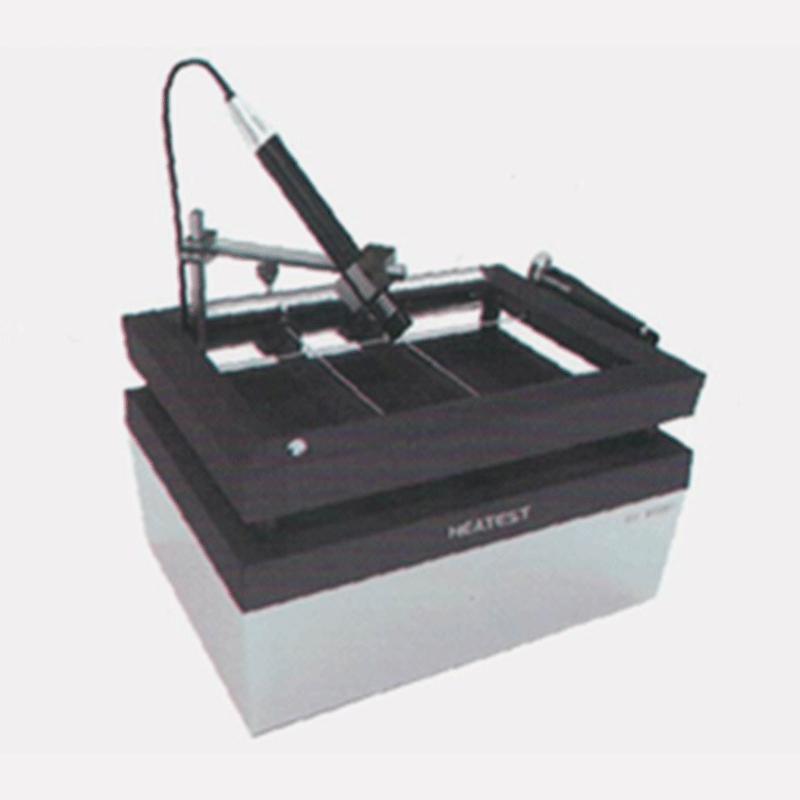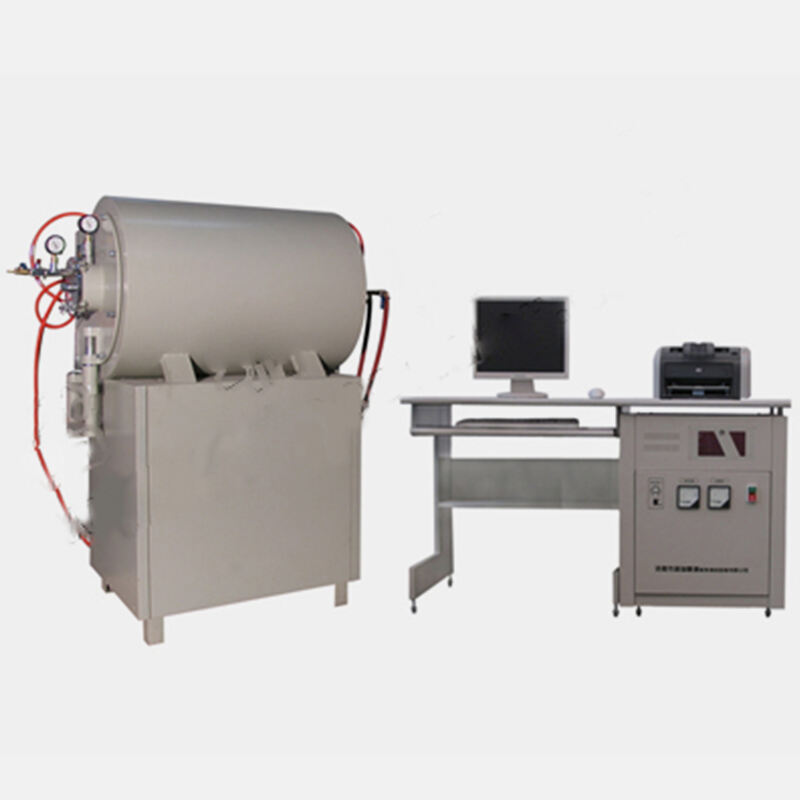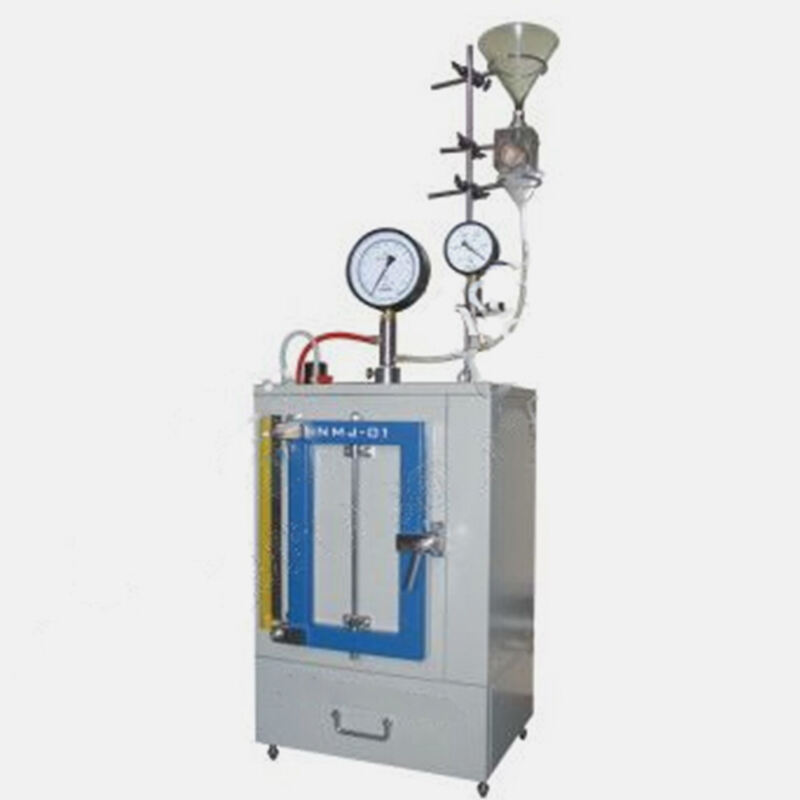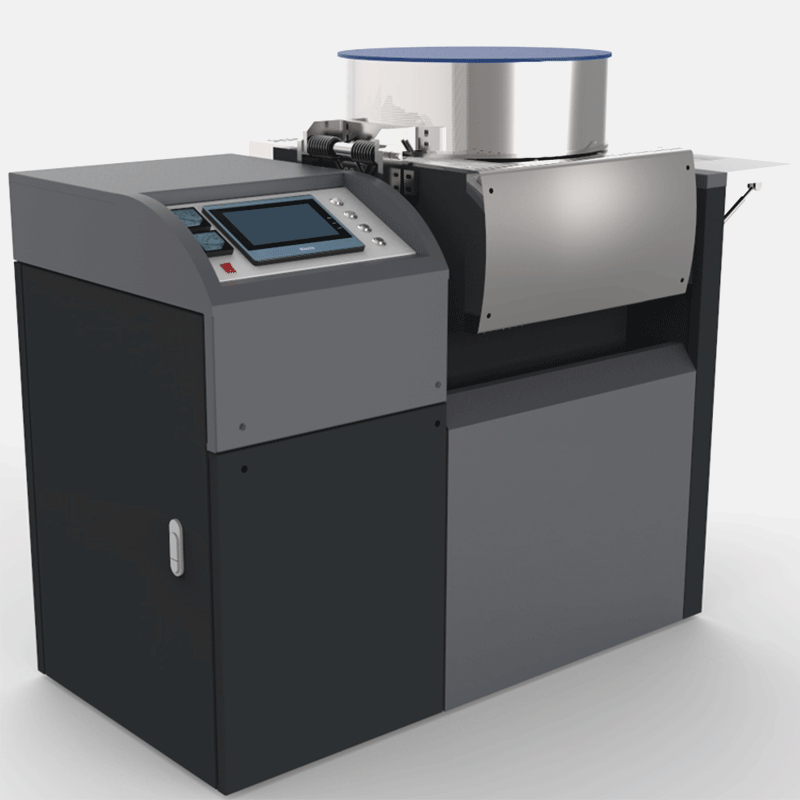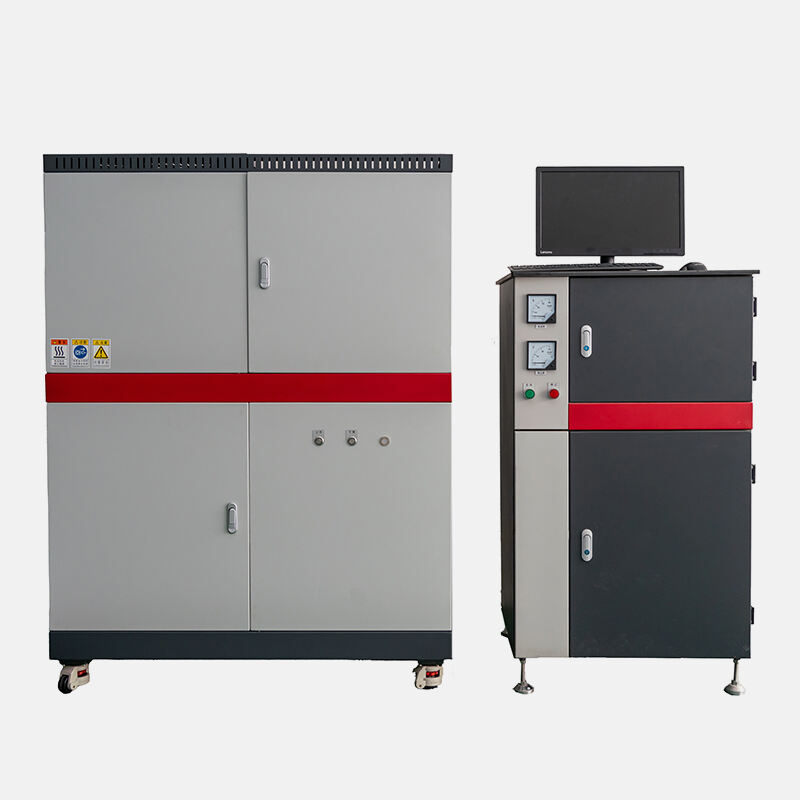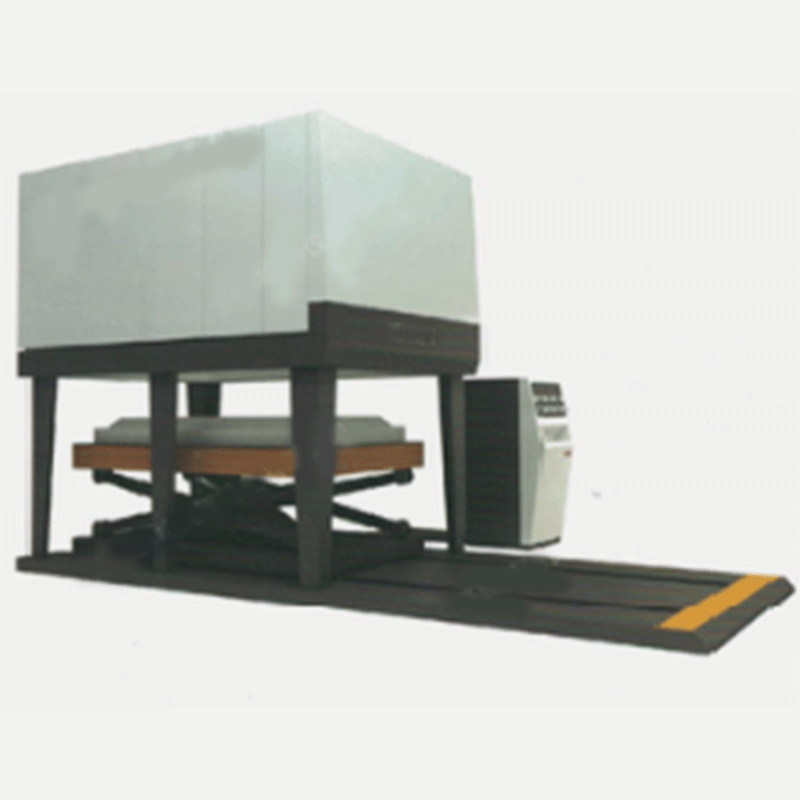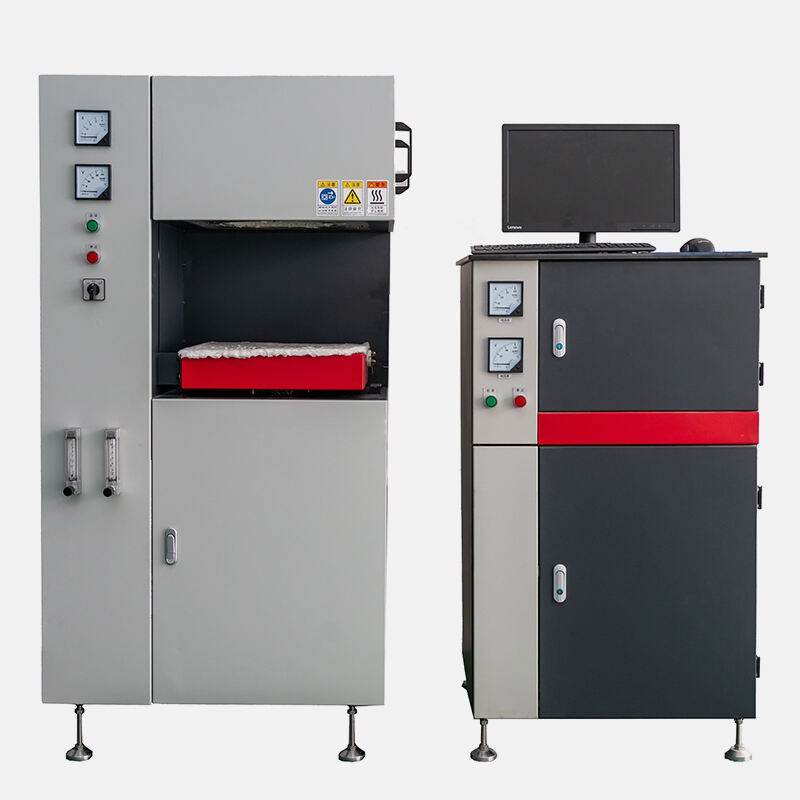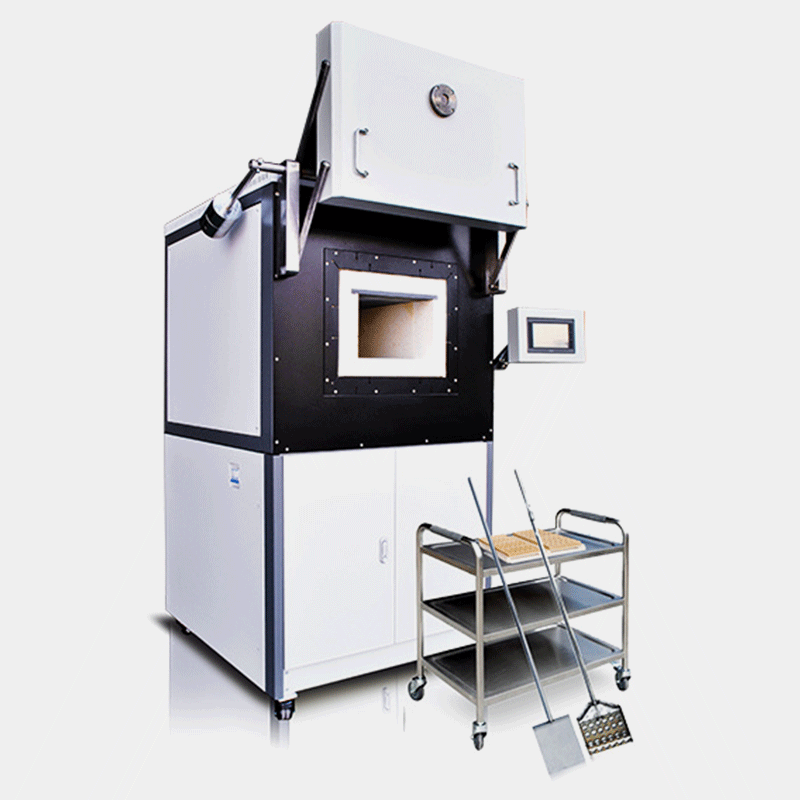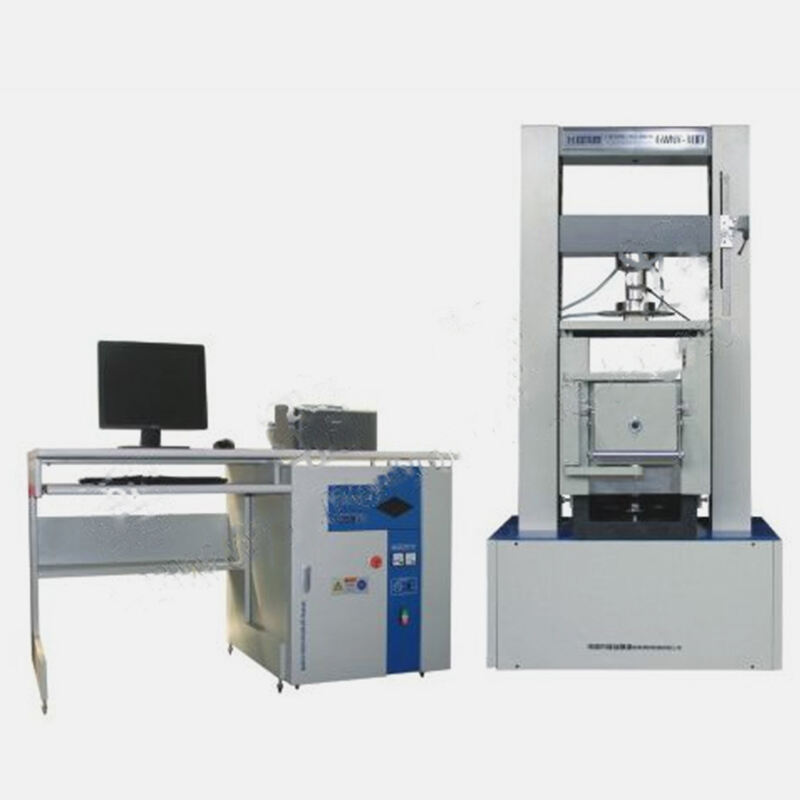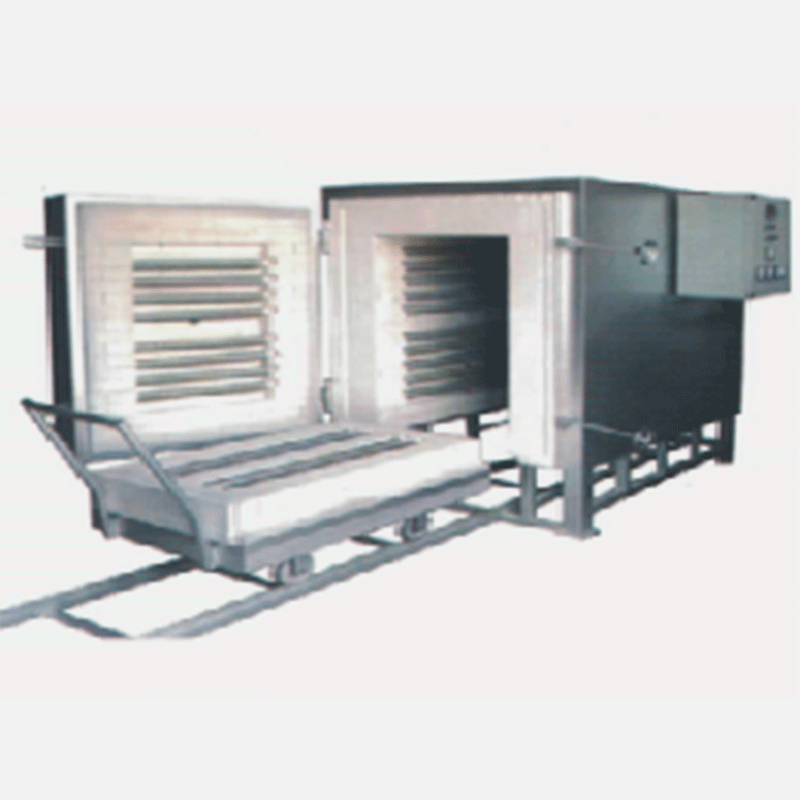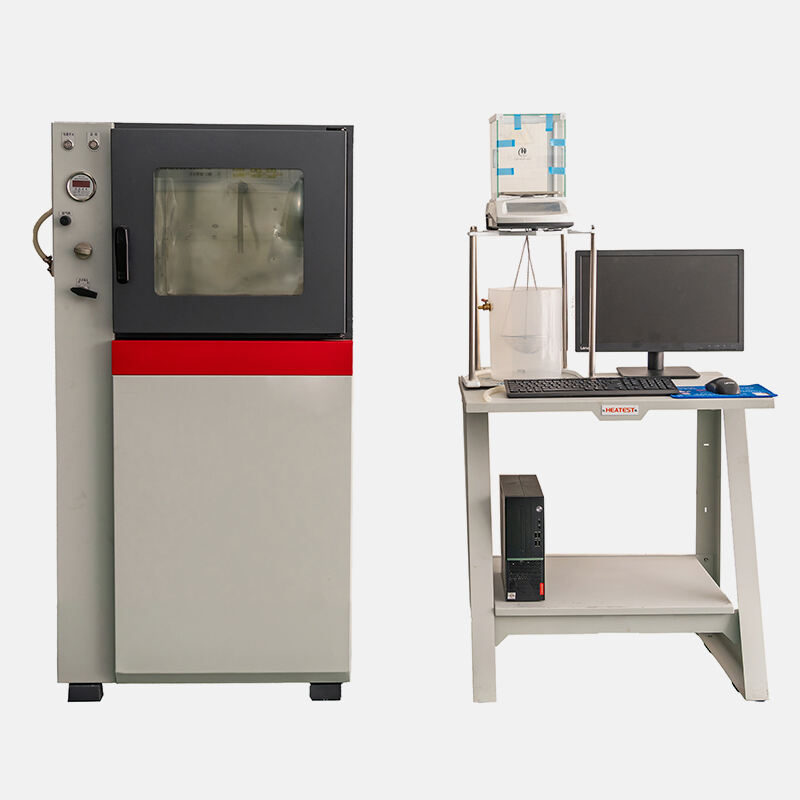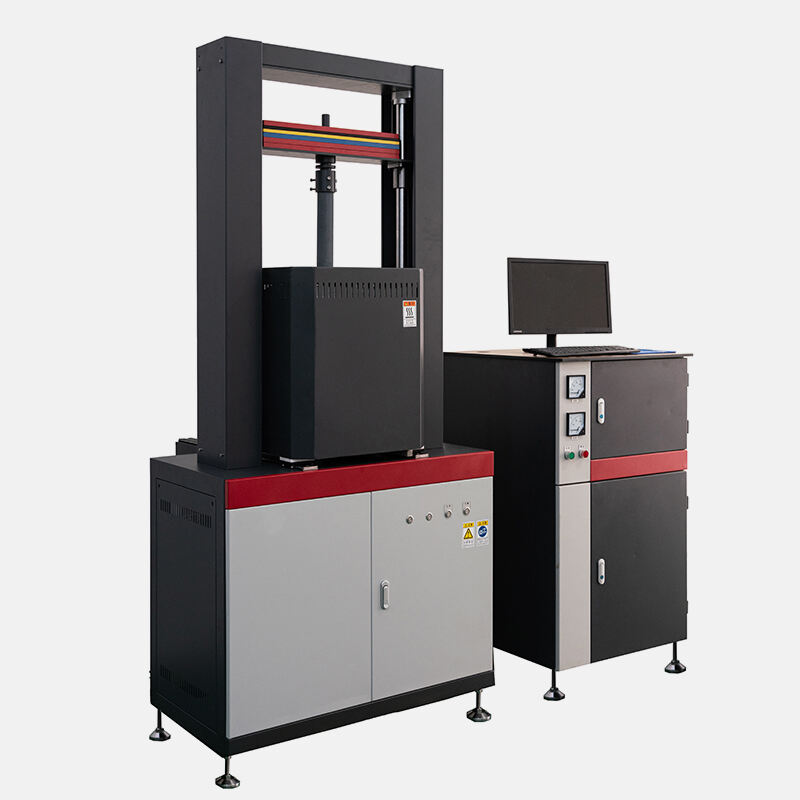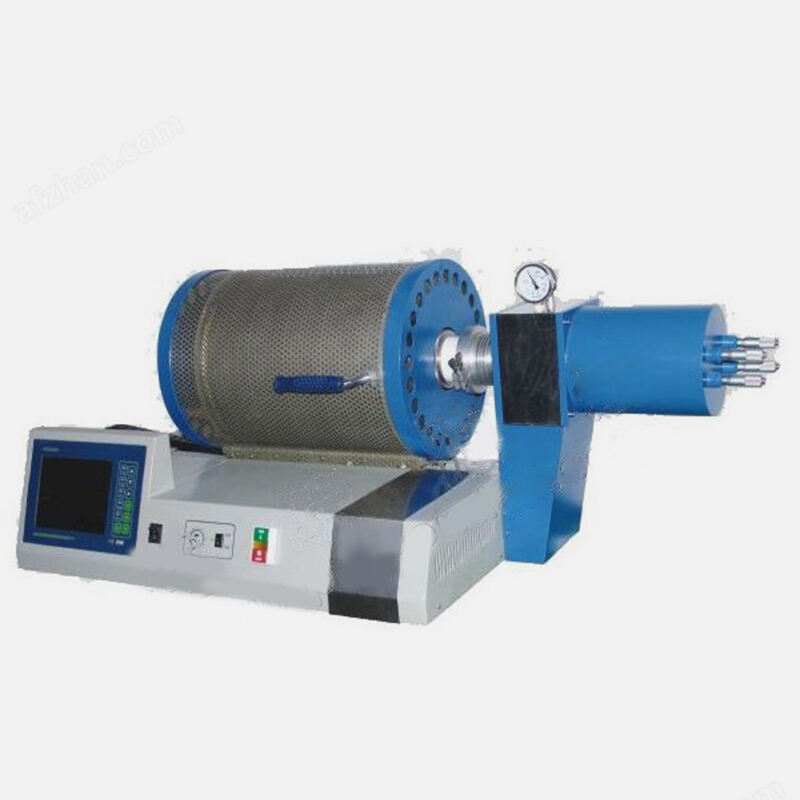ຄວາມສຳຄັນຫລັງຂອງລິທຽມເຕີຣ໌ໂບຣາດ
Lithium tetraborate ແມ່ນກຣິສຕັບສີຂາວທີ່ມີອຸນຫະພູມເຄື່ອນຕົວທີ 930°C. ມันແມ່ນຈຳນວນນ້ອຍທີ່ດຳເນີນໄປໃນນ້ຳແລະບໍ່ດຳເນີນໄປໃນຊາວເຄື່ອງໜ້ອຍທີ່ເປັນອົງການເຊິ່ງເປັນ ethanol. ມันສຸດແທ້ແມ່ນ pentahydrate. Lithium pentaborate ສຸດແທ້ແມ່ນ octahydrate, ກຣິສຕັບສີຂາວທີ່ມີຄວາມໜ້າສຳພັນ 1.72. ມันສູญເສຍ水晶ນ້ຳທັງໝົດທີ່ 300-350°C. ອັງການທັງສອງສາມາດຖືກຮ່າງແລະໃຊ້ເປັນ enamel ໂດຍການເຄື່ອນແລະເຮັດການຮ່ວມກັນ lithium hydroxide ແລະ boric acid.
ການນຳໃຊ້
Borate tetra lithium ອີງວ່າເປັນ pyroborate ລິທີียม, ເປັນສູດຕຳແຫຼວ Li2B4O7. ຜູ້ມອນກຳລຸuang 169.12. ລິທີียม tetra borate ກຳລຸuangສູງແລະພື້ນຖານ density ສູງແມ່ນເປັນຊີບໃໝ່ຂອງ temperature-compensated surface wave ແລະ piezoelectric single crystal substrate material, ທີ່ໄດ້ຮັບການນຳໃຊ້ຫຼາຍແລະຄົນໃຈໃນຫຼາຍໆໜ້າທີ່, ຖົ່ງແມ່ນ microelectronics, ຕົວເລກ technology, optoelectronic technology, ເຄື່ອງຄອມພິວເຕอร໌ໃໝ່, video communications, ການປໍລະທຳ, ແລະ satellite communications. ອີງວ່າ, ລິທີียม tetra borate piezoelectric crystals ບໍ່ສາມາດຖືກຜະລິດໄດ້, ມັກເປັນການຜະລິດຂອງ large-size lithium tetra borate piezoelectric crystals. ການຜະລິດນີ້ເປັນການກຸ່ມ synthesized lithium tetra borate polycrystalline material ເຂົ້າໃນ.dense cylindrical block, ແລະໂຫຼດ block ໄປໃນ platinum crucible ທີ່ໄດ້ຖືກປັບໃນ seed crystal, ແລະຫຼັງຈາກນັ້ນໂຫຼດເຂົ້າໃນ爐. ຫຼວງ temperate ຂອງ爐ຖືກຄົ້ນຄວ້ມໃນ 950~1000℃, ແລະ speed ຂອງ crucible ກຳລຸuang ດຽວ 0.1~0.6mm/h. Large single crystals ກັບ thickness 30~80mm, width ຂ້າງເທິງ 120mm, ແລະ length ຂ້າງເທິງ 150mm ບໍ່ສາມາດເພີ່ມໄດ້. ແລະ, ໃນການ procession transverse, ນຳໃຊ້ larger side ຂອງ crystal rod ເປັນ axis, ແລະ smaller side ເປັນ crystal rod ໃນ thickness direction. Large-size lithium tetra borate piezoelectric crystal ບໍ່ສາມາດໄດ້ຮັບ configuration file. ເມື່ອເປີດການ technical bottlenecks ຂອງ traditional descending method, ການເພີ່ມຂຶ້ນຂອງ difficulty ໃນການເພີ່ມ crystal ແລະ easy cracking ຂອງ crystal ໃນການເພີ່ມຂຶ້ນຂອງ large-size lithium tetra borate crystals ໄດ້ຖືກເປີດ. Lateral growth ແລະ flat crucible design ບໍ່ສາມາດເພີ່ມ crystal growth rate, ແລະ ບໍ່ສາມາດເພີ່ມ difficulty ຂອງ crystal growth, ທີ່ເປັນການສ້າງ crystal ຂອງ large-size lithium tetra borate.
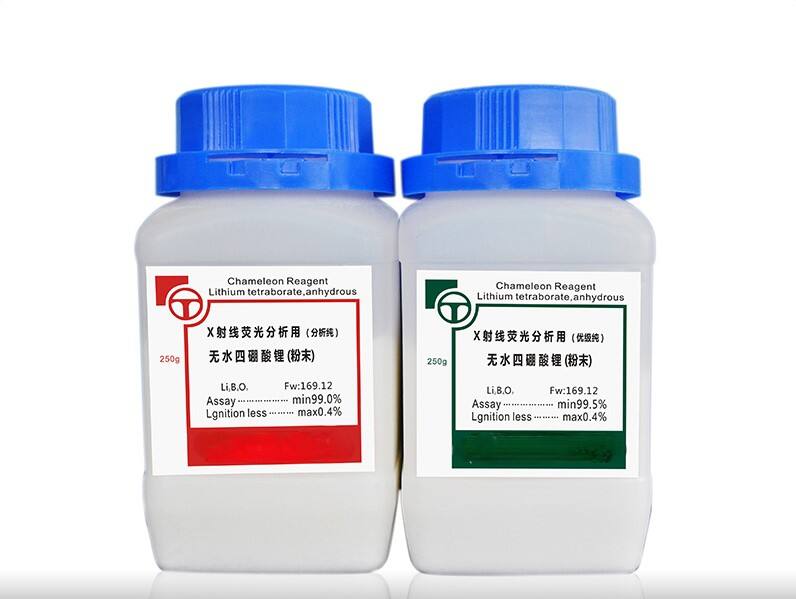
ພວມ ກ່າວ, ລິທີເອມ ເຕັດໂຣແບຣາດ ບໍ່ສາມາດໃຊ້ໃນກະລຸນາວິເຄາະໄດ້ ເຊັ່ນ ການກວດສອບປະຈຳຂອງເຄື່ອງສຳລັບອຸດູ່ມະເຫຍົາ. ຕຳຫຼວດນີ້ເປັນ: ອຳນວຍ ກັບ ລິທີເອມ ເຕັດໂຣແບຣາດ ທີ່ສຳລັບການເສົ້ມ, ໄດ້ເສົ້ມ ຢູ່ອຸນຫະພູມສູງໃນ ກະແຫວ ພະລາດ ເພື່ອ ການເຮັດສາມຸນິທີ້ ເປັນ ສາມຸນິທີ້ ທີ່ຕ້ອງການ ໂດຍ ເຄື່ອງຟລູໂຣມິເຕີ, ແລະ ອຳນວຍ ກັບ ລິທີເອມ ເຕັດໂຣແບຣາດ ທີ່ສຳລັບການເສົ້ມ, ໄດ້ເສົ້ມ ຢູ່ອຸນຫະພູມສູງ ໃນ ກະແຫວ ພະລາດ ເພື່ອ ການເຮັດສາມຸນິທີ້ ເປັນ ສາມຸນິທີ້ ທີ່ຕ້ອງການ ໂດຍ ເຄື່ອງຟລູໂຣມິເຕີ, ແລະ ອຳນວຍ ກັບ ລິທີເອມ ເຕັດໂຣແບຣາດ ທີ່ສຳລັບການເສົ້ມ, ໄດ້ເສົ້ມ ຢູ່ອຸນຫະພູມສູງ ໃນ ກະແຫວ ພະລາດ ເພື່ອ ການເຮັດສາມຸນິທີ້ ເປັນ ສາມຸນິທີ້ ທີ່ຕ້ອງການ ໂດຍ ເຄື່ອງຟລູໂຣມິເຕີ.
(1) ທຳລາຍດ້ວຍການໃຊ້ລີເທียมເຕຟອຣໂບເຮດທີ່ສະພາບແຫນວິເຄາະເພື່ອຈົນລົມສາມາດແຫນວິເຄາະແລະສຳລັບການກວດສອບ. ການກວດສອບທັງໝົດຂອງຢາງປະເທດແມ່ນການຈົນລົມ (ອຟຕູມາທິກ) ແລະການກວດສອບ (ການກວດສອບດ້ວຍເຄື່ອງ) ແລະເວລາແມ່ນ 25 ນາທີ່. ໃນການນີ້ ການຜິດພາດທີ່ຄິດວ່າເกີດຈາກການເສີມເຄມີໄດ້ຖືກລົບລົ້ມ, ເນື່ອງຈາກການເສີມລັບແລະເພີ່ມຄວາມສັງຄະເຫຼີມທີ່ເປັນວິທະຍາສາດແລະເทັກນິໂຄງ.
(2) ທຳລາຍດ້ວຍການໃຊ້ລີເທຍເຕຟອຣໂບເຮດທີ່ສະພາບແຫນວິເຄາະເປັນນ้ำໆເຫຼືອງ, ຢາງປະເທດທີ່ຈົນລົມແມ່ນສະເພາະແລະສະຖິຕິ, ແລະຜົນການທົດສອບແມ່ນແທ້ຈິງແລະສາມາດລົງທືນໄດ້;
(3) ອຸປະກອນໃນລີເທຍເຕຟອຣໂບເຮດທີ່ສະພາບແຫນວິເຄາະແມ່ນອັນດັບທັງໝົດ, ກັບການບໍ່ມີການປ່ຽນແປງຂອງເສັ້ນທາງ, ແລະຄວາມສາມາດລົງທືນຂອງຜົນການທົດສອບແມ່ນສູງກວ່າວິທີ້ແຫ່ງເກົ່າ.
ຜະລິດຕະພັນທີ່ແນະນຳ
ຂ່າວຮ້ອນ
-
ຫຼັກການເຮັດວຽກ ແລະ ພິດເມືອງການນຳໃຊ້ຂອງເຄື່ອງທົດສອບການສວມໃນອຸນຫະພູມປົກກະຕິ
2025-11-07
-
ເຄື່ອງປະສົມທີ່ໃຊ້ໃນການວິເຄາະດ້ວຍໄຟ ແລະ ສາຍພົວພັນຂອງມັນ
2025-10-13
-
ໃຫ້ທ່ານຮູ້ກ່ຽວກັບເຕົາຖລອມແຖບໄຟ
2025-09-23
-
ເຄື່ອງທົດສອບຄວາມເສຍຫາຍຈາກພາລະບົດ (RUL) ແລະ ເຄື່ອງທົດສອບຄວາມເຄັ່ງຕຶງ (CIC) ຂອງການແກ້ໄຂບັນຫາທົ່ວໄປ
2025-08-25
-
ວິທີການໃຊ້ເຄື່ອງສີດແສງເອັກຊເຣີ້ໃນອຸດສາຫະກຳທີ່ຕ້ານທານຄວາມຮ້ອນ?
2025-08-18
-
ວັດຖຸດິບໃດທີ່ເໝາະສົມສຳລັບການທົດສອບໃນເຕົາອຸນຫະພູມສູງ?
2025-08-14
-
ຮ່ວມມືກັນສ້າງອະນາຄົດທີ່ດີກວ່າ: ຄູ່ຮ່ວມງານຈາກອິນເດຍ Ants Prosys ມາຢ້ຽມຢາມຖານການຜະລິດຂອງ JZJ Testing
2025-08-04
-
ເຄື່ອງຫຼໍ່ໂມດອັດຕະໂນມັດ - ອຸປະກອນໃໝ່ທີ່ຊ່ວຍປັບປຸງປະສິດທິພາບໃນການທົດລອງ
2025-07-22
-
ວິທີການດໍາເນີນງານ ແລະ ຂໍ້ຄວນລະວັງຂອງເຄື່ອງມືຂະຫຍາຍຕົວທີ່ອຸນຫະພູມສູງ
2025-07-14
-
ຫນ້າທີ່ ແລະ ການນຳໃຊ້ເຕົາທົດສອບຄວາມຕ້ານທານຄວາມຮ້ອນ
2025-07-01

 EN
EN
 AR
AR
 BG
BG
 FR
FR
 DE
DE
 HI
HI
 IT
IT
 PL
PL
 PT
PT
 RU
RU
 ES
ES
 TL
TL
 IW
IW
 ID
ID
 UK
UK
 VI
VI
 TH
TH
 TR
TR
 FA
FA
 MS
MS
 UR
UR
 BN
BN
 KM
KM
 LO
LO
 PA
PA
 MY
MY
 KK
KK

